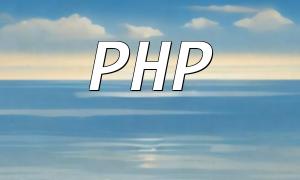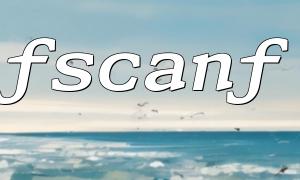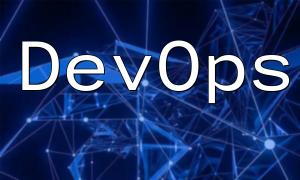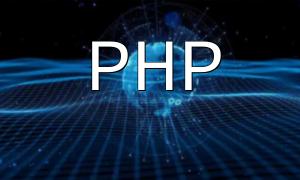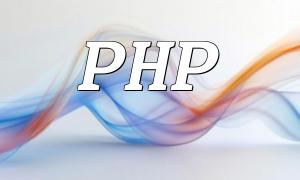In the era of digital transformation, SaaS (Software as a Service) has become the mainstream way for enterprises and individuals to use software. Users can access various applications over the internet without installing software locally. PHP, as a powerful server-side language, offers a wide range of tools and methods for developing SaaS applications. This article provides a detailed guide on building SaaS applications using PHP, along with practical code examples.
SaaS is an internet-based software delivery model where the software provider handles maintenance and updates, and users access the latest features online. The main advantages of SaaS include:
Key steps in developing SaaS applications include:
User authentication and authorization form the foundation of SaaS applications. PHP can be used to implement user registration, login, and access control functions.
// User registration
function register_user($username, $password) {
// Write user information to the database
}
// User login
function login_user($username, $password) {
// Validate user input against database information
}
// Permission control
function check_permission($user_id, $role) {
// Query user role information and verify permissions
}SaaS applications are usually multi-tenant, requiring separate data and functionalities for each tenant. PHP can implement multi-tenant support through database partitioning or separate databases.
// Create tenant
function create_tenant($name) {
// Create corresponding tables or databases
}
// Switch tenant
function switch_tenant($tenant_id) {
// Switch database connection or query the corresponding table
}Data security is crucial in SaaS applications. PHP can implement data encryption and access control to protect user information.
// Data encryption
function encrypt_data($data) {
// Encrypt data using encryption algorithms
}
// Access control
function access_control($user_id, $resource) {
// Verify whether the user has permission to access the resource
}SaaS applications require flexible deployment and scaling. PHP can work with scripts and tools to achieve automated deployment and scaling.
// Automated deployment script
// Use PHP scripts for automated deployment and configuration of SaaS applicationsPHP provides robust support for developing SaaS applications. Through the analysis and examples provided in this article, developers can master key techniques including user authentication, multi-tenant management, data security, and automated deployment, enabling them to build efficient SaaS applications.



